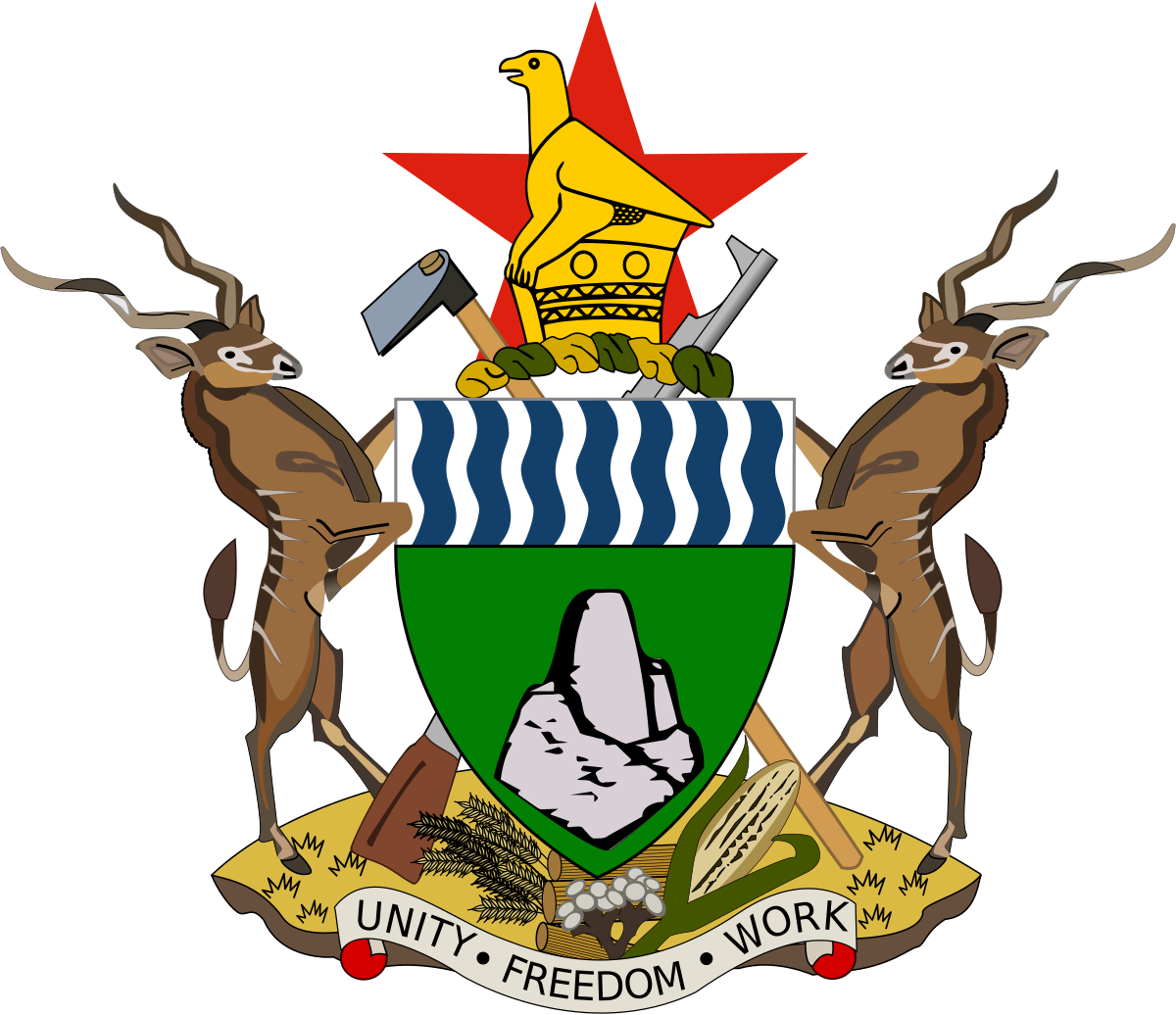Govt dismantles Cottco structures
Share

THE Government moved in last week to put measures that will enhance
accountability while improving grower viability in cotton production in the country.
The outcome of the announcement made last Wednesday by the Minister of Lands,
Agriculture, Fisheries, Water and Rural Development, Dr Anxious Masuka, is that
with immediate effect, the Government dismantled Cottco’s parallel extension
system, with the savings made being passed onto cotton growers.
The measures are designed to improve grower viability in order to increase cotton
production sustainably, so that the crop can reclaim its pre-eminent role in the
country’s economy.
What informed the Government’s move is that while the Minister of Agriculture
assured cotton farmers, at a meeting held at Mahuwe in Muzarabani in Mashonaland
Central Province in May this year that they would be paid for their crop upon
delivery, there are cotton growers who are still to be paid even though the 2023/2024
farming season has already started.
Cottco says that it has paid farmers a total of US$16,7 million from the required
US$23 million, with the outstanding USD6.3 million balance to be paid to farmers
before the beginning of the 2023/2024 cropping season. But the season has already
started, leaving farmers in a quandary on how to finance their activities for the new
season.
In announcing the Government’s 2023/2024 cotton production and marketing
roadmap, Minister Masuka said that transformation of the cotton producing sector is
based on the viability of farmers and that this can be achieved by giving farmers a
fair price for their cotton.
Dismantling Cottco’s parallel extension system will bring about a saving whose
benefits should be passed onto to the cotton growers, so that they earn more from
their delivered crop.
“Sustenance of this transformation is underpinned by grower viability and discipline
at the grower, contractor, Government, stakeholders and partner levels. Increasing
discipline augurs well for value chain financing,” he said.
Dr Masuka explained that the cotton input distribution, which began last week, is
aiming at 270 000 hectares under the crop. The Government’s determination, he
said, is to increase production to the all-time high of 362 000 tonnes so that the
country’s most sought-after hand-picked cotton is produced for sustained market
supply.
This is coming against the background of the anticipated relaunch of the country’s
major textile firm, David Whitehead Textiles Company in Chegutu, Mashonaland
West, which will be a major consumer of the cotton.
The major cotton growing regions in Zimbabwe are Gokwe North, Gokwe South and
Sanyati in the Midlands Province; Guruve, Mahuwe, Mushumbi, Muzarabani and Mt
Darwin in Mashonaland Central Province; Checheche in Manicaland Province; and
Binga in Matabeleland North Province.









